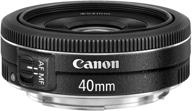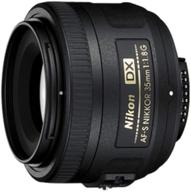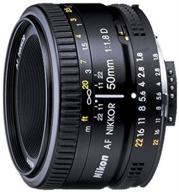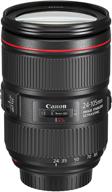
Review on Enhanced Canon EF-S 60mm f/2.8 Macro Lens by Julian Banks

Very good lens, but not suitable for photography where indoor lighting is present
The Canon EF-S 60mm is one of the few lenses in Canon's range that can perform 1:1 macro focusing at "life size". This means that the image projected onto the photo sensor is the same size as the subject at the minimum focusing distance. Other lenses with f/1 magnification include the EF 100mm f/2.8, EF 100mm f/2.8 L IS, 180mm f/3.5 L and MP-E 65mm f/2 ,8 (last able to reach 5 times life size but not t focus to infinity). Of the lenses listed above, the 100mm f/2.8 and its L brother are closest to the 60mm. Aside from the longer focal length, the main difference is that both are designed for use with full-frame cameras, while 60mm use is restricted to APS-C 1.6x crop cameras such as the Rebel, XXD and 7D series. 100 "L" is a newer design that includes image stabilization (IS) and environmental protection. Both 100mm lenses have focus limiters that limit the autofocus range depending on whether you're using their "macro" abilities. Limiting the focus range should, in theory, offer faster autofocus. Optically, all three of these lenses are excellent - the optical differences are negligible in my opinion compared to the differences in performance and price. Like many before me, I have struggled with the question of which of these lenses to buy. In the end I chose the Canon EF-S 60mm because it was the cheapest and most compact lens. I figured its focal length would be more useful on an APS-C camera for portrait and tour purposes. It's also worth noting that the 60mm lens allows for longer handheld shutter speeds compared to longer lenses - this can make a difference if you're shooting handheld macro outdoors on a cloudy day. On the other hand, a lens with a focal length of 100mm (or more) has a narrower field of view, which allows you to better isolate the macro subject from the background. The longer focal length also offers a working distance of 6 inches (measured from the front element to the subject) at a 1:1 magnification compared to 3.5 inches for a 60mm lens. It seems worth noting that the EF 100mm is 60% longer and 80% heavier than the EF-S 60mm. So, whether the extra 2.5-inch working distance is worth these trade-offs should be seriously considered. Image Quality: This lens has a reputation for being very sharp wide open and it doesn't disappoint in that regard. The contrast is also very good. It copes well with light sources in the frame - I get wonderful shots with minimal flare when shooting directly into the sun. The bokeh (the quality of out-of-focus areas) is usually very smooth and even, especially with macro zooms. There is a possibility of slight ringing in the highlights in high-contrast conditions at portrait focusing distances. If you look at sample images for other macro lenses (including the 100mm macro) you'll see that the problem isn't unique to the EF-S 60mm. Also worth noting is the noticeable vignetting in wide open shots. In Use: The design of the lens is very convenient, it is a pleasure to use. It balances very naturally on my Rebel. Be sure to purchase a UV filter to protect the exposed front element. Also check out the lens hood, which unfortunately is sold separately for most Canon lenses. Slightly disappointing, I was expecting to be able to use this lens more indoors given the lighting available. However, the fur effect (decreasing apparent aperture as it approaches 1:1 magnification) often makes it practically usable without a flash. Even outdoors on a cloudy day, I cranked the ISO up to 1600 to get enough depth of field and the necessary shutter speed for macro photography. In other words, don't expect to part with your fast 50mm lens for available light photography - even f/2 makes a big difference. Again, this is a problem that affects all macro lenses, not just 60mm. Focusing is quiet, fast in good light and very accurate. Expect some focus seeking in low light, unhelped by the lack of a focus limiter. For macro photography, manual focus is much more convenient than autofocus, which becomes a bit inefficient at high magnifications. All in all, this is a very interesting lens that will allow you to create really amazing images without much effort. It's a great way to experiment with close-ups, and it's also a great all-round mid-telephoto lens. My main caveat is that it doesn't work very well as a lens for indoor available light. On the other hand, only a wide open aperture helps, as with the Tamron 60mm f/2 macro (the lens is not without problems). As a general rule, however, Canon users can consider themselves very fortunate when it comes to their macro photography skills. If you weigh the pros and cons of each lens, you will be very satisfied no matter which lens you choose.
- Dimensions 2.9 inches in diameter and 2.8 inches long; 1 year warranty, lens does not support zoom
- High price
New products
Comments (0)
Top products in 👓 Lenses

Canon EF 40mm f/2.8 STM Lens - Fixed Black (6310B002) for US Cameras

76 Review

Nikon 35mm f/1.8G Auto Focus Lens for Nikon DSLR Cameras - Black (Model 2183)

125 Review

Nikon 50mm f/1.8D Lens: Perfect for Nikon DSLR Cameras!

97 Review

Black Canon EF 24-105mm f/4L IS II USM Lens - Model 1380C002

78 Review







